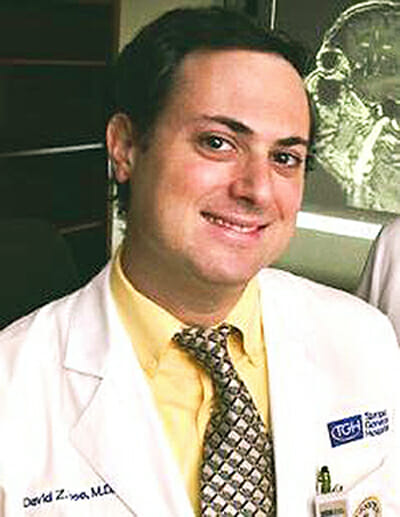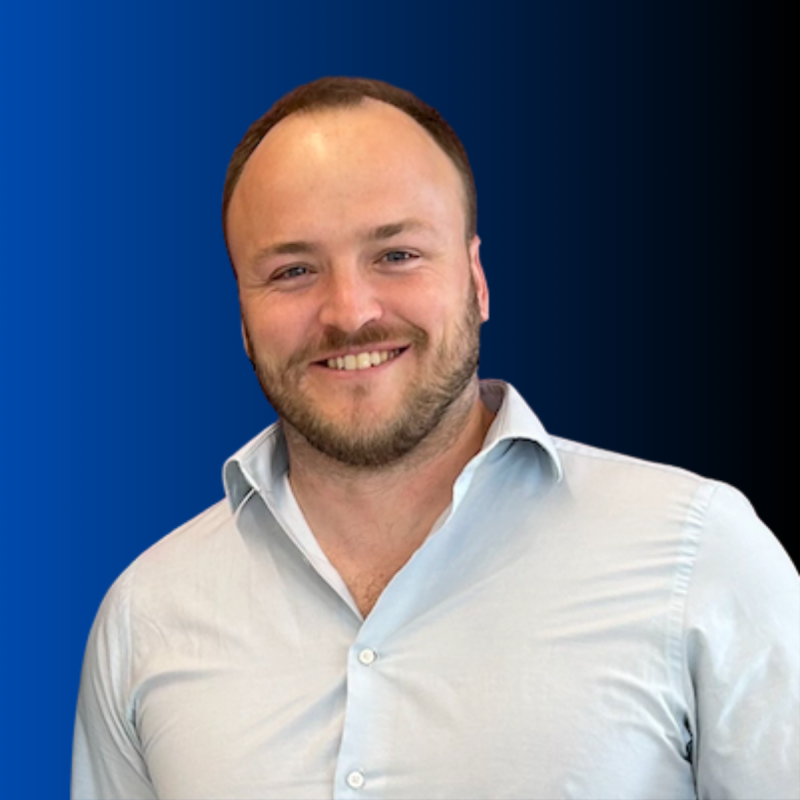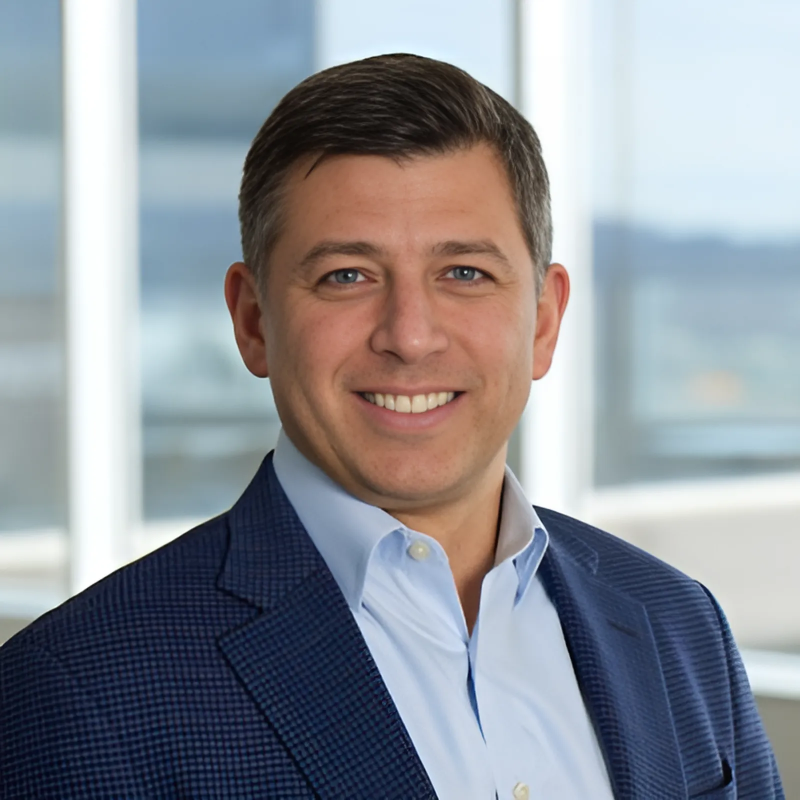Stroke is a big public health burden: it affects nearly a million Americans every year, and for many, the journey to recovery is arduous. Stroke is the 5th leading cause of death in the United States[i] and represents the number one cause of disability around the world. [ii] Of the 7 million stroke survivors in the U.S., two-thirds are disabled. Unsurprisingly, having a stroke increases the risk of having a second stroke, which could be even more disabling. About 1 in 4 stroke survivors will have more strokes over their lifetime. [iii]
Complicating matters is that there are over 200 known causes of ischemic stroke; when a patient presents to the hospital with a stroke, we attempt to uncover what caused that patient’s stroke in order to prevent the next one. That’s just part of my job as a Vascular Neurologist (a.k.a. “Stroke-ologist” @DrStroke on Twitter). Fortunately, about 70% of the time, the cause (etiology) of the stroke is identified, however, the flip side is that about 30% of stroke patients remain “cryptogenic” with an unknown cause, despite an extensive inpatient workup (including brain and heart imaging, artery and vein testing, and lots of bloodwork).
Technology has progressed to where we can offer patients the opportunity to keep looking for a stroke’s etiology even after discharge from the hospital. One particular “gift that keeps on giving” is the insertable loop recorder (ILR) – a small device that takes 5 minutes to implant beneath the skin, to record heart rhythms. The ILR has 24-hour a day, 365-day a year monitoring, to detect arrhythmias such as atrial fibrillation (AF). AF is a well-known cause of stroke that can be paroxysmal – meaning the arrhythmia comes and goes and can be totally quiet for months or years. The newest ILRs (such as the Reveal LINQ and LINQ II by Medtronic) have a battery life of up to 3-4 years, and in randomized clinical trials were able to detect AF in 30% of cryptogenic stroke patients – which is a “game changer” for thousands of patients.[iv] Essentially this device enables us to take these patients out of the “I don’t know” box and put them into the “AF is the culprit” box. Hence, my mantra is “Seek and Find Fibrillations!” [v] Besides unearthing the cause of their stroke, the new AF diagnosis is a “game-changer” from a therapeutic standpoint too – we now would prescribe anticoagulation (AC) instead of antiplatelet (AP) drugs to prevent the next stroke. Data from many trials over several decades has shown for AF patients, AC is superior to AP, reducing the stroke risk by about 65%. For patients who cannot tolerate AC because of bleeding problems, falls, frailty, dementia, cost, or other issues, we can now alternatively offer options besides AC, such as left atrial appendage (LAA) management. The LAA in the heart is where 90% of all clots from AF actually form in the first place that eventually may flick off and embolize to the brain and cause ischemic stroke. Certain implantable or surgical medical devices can close off or seal the LAA so blood thinners may be discontinued in these high-bleeding risk patients. These devices involve either an interventional cardiologist to inserting a mesh covering to the LAA (such as the Watchman, by Boston Scientific), or a cardiothoracic surgeon inserting LAA clip (such as the Atriclip, by Atricure). Thus, it is imperative to establish excellent communication and alignment between neurology and cardiology teams, for identifying which appropriate patients (who) should receive which suitable procedure (what) and at what time (when). Indeed, scheduling these procedures along with discontinuation of either AC and/or AP is a complex dance we choreograph to optimize secondary stroke prevention on an individual level because every patient is different. At the University of South Florida where I practice, we have constructed a Neuro-Cardio Program (NCP) with our Cardiology colleagues in which this consultation process is organized, streamlined, and scheduled on-the-spot for ultra-fast service. NCP provides multiparty advice on use of these medicines and devices, ranging from ILR insertion to LAA management to closure of patent foramen ovale. NCP establishes clinic follow-up soon after stroke hospitalization to avoid patients “falling through the cracks” and winding up seeing us and/or cardiology months later, or never at all. This prevents them from unnecessarily being exposed to all that “down time” duration of stroke risk in the meantime. Without NCP, stroke patients could have another stroke just waiting to get an appointment to see us in Neurology or Cardiology clinic – and that, we believe, is unacceptable.
Therefore, it’s incumbent upon us to take charge and continue to foster and support NCP development here and at other institutions. For example, with NCP, stroke care teams and hospitals can ensure their patients with cryptogenic strokes are monitored for cardiac arrhythmias immediately … and if AF is ultimately detected, its treated adequately and promptly to help minimize its 5-fold higher risk of stroke. What’s often the most challenging aspect of this post-stroke world is to ensure there are efficient care pathways – or clear, step-by-step processes – in place across the various sub-specialties. There is a logic that should be followed in order to help stroke survivors minimize the risk of a secondary stroke. While Neurology often is the expected “go-to” department for managing follow up, Cardiology maintains an important role as well, because they will confirm AF is present, and treat it with anti-arrhythmic drugs, for example, or ablation, in case of symptoms such as dizziness, intense fatigue, palpitations, and/or syncope (which I call “DIPS). Not all AF patients will have DIPS, indeed many will be totally asymptomatic. Nevertheless, a cryptogenic stroke patient has any or all DIPS at or around the onset time of their stroke, I will be concerned that their etiology is hidden/occult AF and order an ILR prior to discharge (placed during that hospitalization) or soon thereafter (within a week at an outpatient center that is familiar with this procedure).
Anecdotally, it has come to our attention not all stroke programs are connected to their cardiology brethren, and therefore do not routinely order guideline-directed cardiac monitoring such as ILR for their cryptogenic stroke patients. To better understand how hospitals approach their stroke pathways, my co-PIs and I have designed and conducted the DiVERT Stroke clinical study. DiVERT Stroke Phase I was a qualitative and quantitative assessment of patients hospitalized with ischemic stroke by subtype (either cryptogenic, or large-artery atherosclerosis, or small-vessel disease). Our goal was to establish a baseline for current short-term clinical outcomes and identify potential areas for improvement among academic and community hospitals. What we found during this first phase of the study was quite fascinating, and I had the honor of presenting our data in oral format at the 14th annual World Stroke Congress in Singapore in October, 2022.
Our findings from more than 7,600 stroke patients across 12 hospitals in the U.S. indicate wide disparities in post-stroke care between large academic sites and community hospitals and a plethora of workflow deficiencies. In this exploratory study, we assessed post-stroke care pathways by conducting stakeholder interviews and reviewing electronic medical records. In short, the data suggest there is a need for stronger, standardized care pathways in both academic and community centers to ensure that stroke patients receive guideline-directed therapy because many, unfortunately, do not.
One stark difference we found in post-stroke care is cardiac monitoring. DiVERT found that more than 75% of patients with cryptogenic stroke admitted to an academic site received some cardiac monitoring (either with an ILR or an external cardiac monitor of 2- or 4-weeks duration), however, at community hospitals, only 5% of cryptogenic stroke patients received either type of cardiac monitor. We also discovered that community hospitals were half as likely to consult cardiology as academic centers did (15.9% vs. 34.7%, p<0.001). But workflow deficiencies were present in academia, too: patient attrition, for example, was higher in academic centers than community hospitals (45.2% vs. 54.2%, p<0.001); the possible reasons for this higher “lost-to-follow-up” rate include longer wait times within university systems (could be weeks or months versus same-day private-practice offices), sicker patients unable to follow-up at academic centers, or even unavailability to get scheduled at all, presumably due to high referral rate for assistance on other difficult cases (i.e., second opinions requested for evaluation at academic centers). Why did community hospitals order fewer cardiac monitors? Perhaps because of non-neurologist stroke care (internist or family practice managing stroke patients) and/or lack of awareness of the latest literature/data showing value of ILR for AF detection post-stroke. Also, there is the potential for incomplete or inadequate documentation of cryptogenic stroke workup.
For cryptogenic stroke patients, it could take more than 80 days for AF to be detected [vi] thereby supporting the need for long-term continuous monitoring with ILR instead of short-term external “patch” monitors that last 30 days or less. Studies have shown that 88% of cryptogenic stroke patients who eventually went on to develop AF would have been missed if they were only monitored for 30 days. This exposes the patient to unnecessary risk because AC would not have been ordered, and cardiology would not have been consulted for management of the arrhythmia or the LAA. Long-term cardiac monitoring, compared to conventional cardiac monitoring, leads to increased incidence of AF detection, increased incidence of anticoagulation initiation and 55% decreased risk of recurrent stroke. [vii] These are important considerations for both Neurology and Cardiology at community hospitals where patients are discharged from the hospital with limited or no cardiac monitoring options (yet). Moreover, this is truly where having a dedicated NCP helps the most. NCP in a community setting is totally feasible – all it requires is buy-in from a few neurologists and cardiologists and their administration, who will notice a financial return on investment with increased referral patterns, improved outcomes with collaboration, decreased readmission/complication rates (which we showed in DiVERT as well when both teams were involved) and of course happier patients who get superlative care.
With this information from DiVERT phase I, our team of study investigators is now focused on addressing some of these workflow deficiencies in DiVERT Phase II, the next part of the study. We believe patient outcomes can be improved, at least in part, through a standardized post-stroke protocol for use at any stroke-capable hospital.
https://www.stroke.org/en/about-stroke
Tsao CW, Aday AW, Almarzooq ZI, Alonso A, Beaton AZ, Bittencourt MS, et al. Heart Disease and Stroke Statistics—2022 Update: A Report From the American Heart Association. Circulation. 2022;145(8):e153–e639.
[i] https://www.stroke.org/en/about-stroke
[ii] Tsao CW, Aday AW, Almarzooq ZI, Alonso A, Beaton AZ, Bittencourt MS, et al. Heart Disease and Stroke Statistics—2022 Update: A Report From the American Heart Association. Circulation. 2022;145(8):e153–e639.
[iv] Senna, et al., CRYSTAL-AF TRIAL, 2014.
[v] Rose DZ, Falcao D, Martin RC. Seek and Ye Shall Find Fibrillations. Stroke. 2016 Aug;47(8):1969-71. doi: 10.1161/STROKEAHA.116.013987. Epub 2016 Jul 12. PMID: 27406107.
[vi] Senna, et al., CRYSTAL-AF TRIAL, 2014.
[vii] Tsivgoulis G, Katsanos AH, Grory BM, et al. Prolonged Cardiac Rhythm Monitoring and Secondary Stroke Prevention in Patients with Cryptogenic Cerebral Ischemia. Stroke. 2019;50(8):2175-2180.
Editors Note: Dr. David Z. Rose (@DrStroke on Twitter) is a Vascular Stroke Neurologist at the University of South Florida College of Medicine in Tampa, Florida, USA, and Co-Medical Director of the 32-bed Neuro-ICU at Tampa General Hospital. He is the author of a fun review book entitled “Laughing Your Way to Passing the Neurology Boards” and many peer reviewed articles on Neuro-Cardio topics. He completed an Internal Medicine internship and residency at the Cleveland Clinic in Ohio, Neurology residency at the University of Miami/Jackson Memorial Hospital, and Stroke Fellowship at the University of Pennsylvania.




